What is the history of 'cannibalism' in which humans eat human meat?

by
When we hear 'cannibalism ' in which humans eat human flesh, many may associate it with a horrifying serial killer or someone who has been forced into an isolated extreme situation in a place without food. However, in fact, it seems that cannibalism has a long history that has been practiced in a wide area of the world, and a movie summarizing the history of cannibalism is released on YouTube.
A brief history of cannibalism --Bill Schutt --YouTube
Europeans in the 15th century believed that they had discovered a 'miracle panacea.'
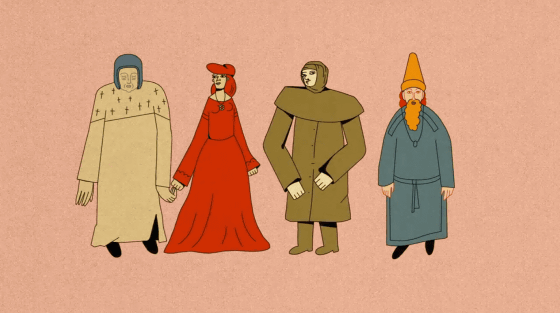
The medicine is

bleeding
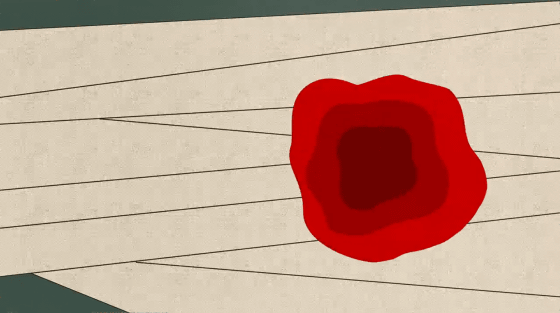
Bruise
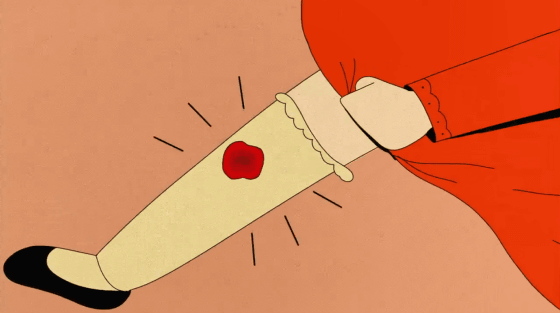
It was thought to be effective against various illnesses such as nausea.
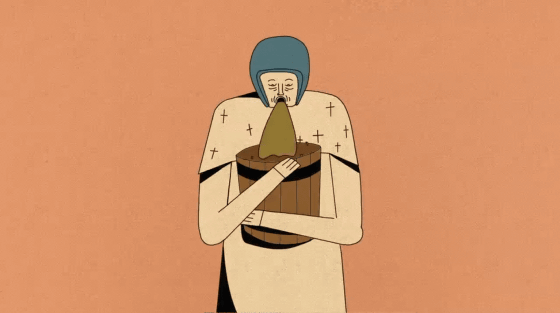
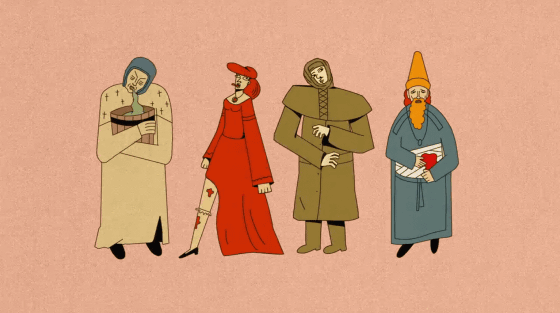
Brown medicine can be powdered and mixed with drinks ...

Plaster Or apply it directly as
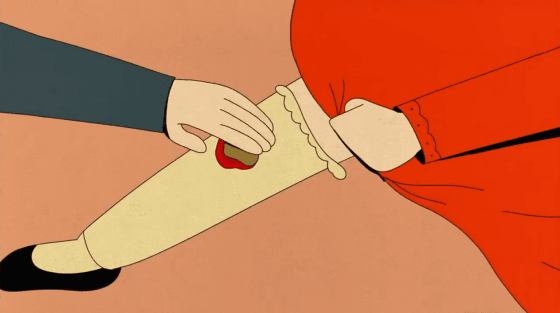
Or it was prescribed in various forms, such as eating solid food directly.
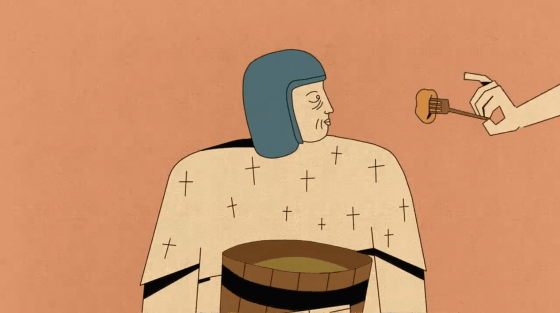
The drug, called 'MUMIA,' was a mummy mashed human body. In this way, it was common to use mummies as a 'medicine' in the olden days, and it can be said that this is an example of human beings eating a small amount of human meat.
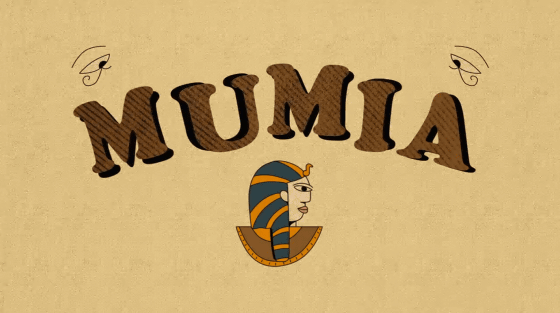
The origin of the word 'cannibal', which refers to humans who eat human flesh, dates back to the days of
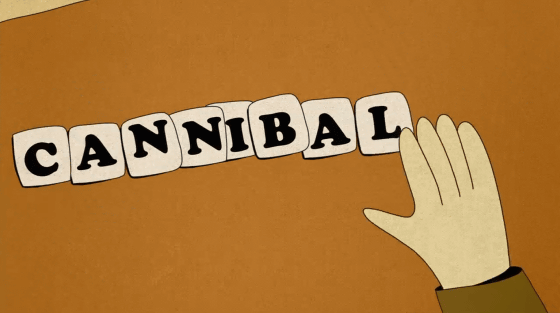
The Columbus delegation, who arrived in the West Indies, said in a report sent to the Queen of Spain that the natives were friendly and peaceful.
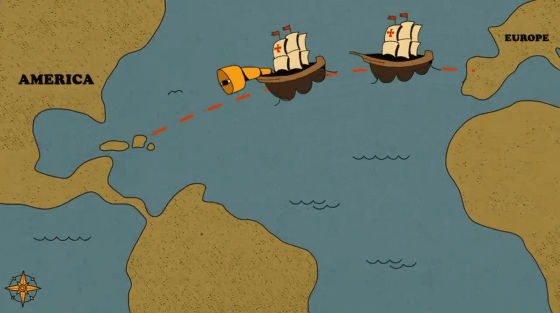
However, on the other hand, '
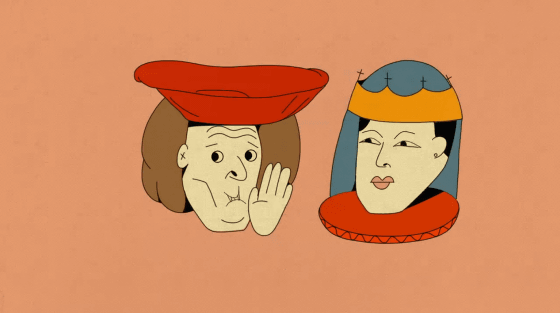
The rumor is that the Caribbean attacked other tribes such as the
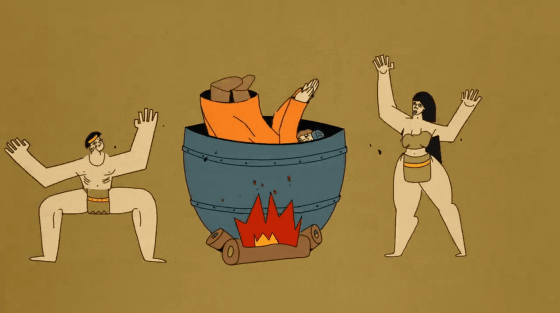
It is a 'human-eating race' that eats the captured prisoners.

In response,
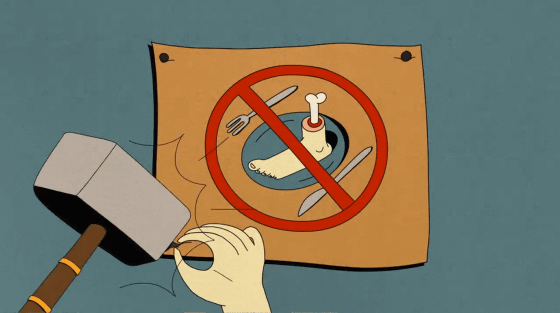
Later, when Columbus found that he couldn't get as much gold as he expected from the field, Europeans began looting and kidnapping.
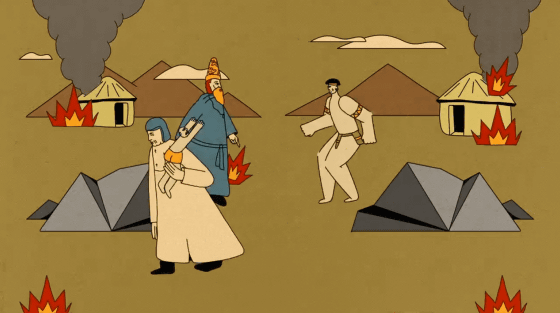
However, when the locals resisted the Europeans, they were considered 'Caribbean eating human meat' and were captured.

It is said that the word 'carib' became 'cannibal' in the process of being transmitted to Europe.
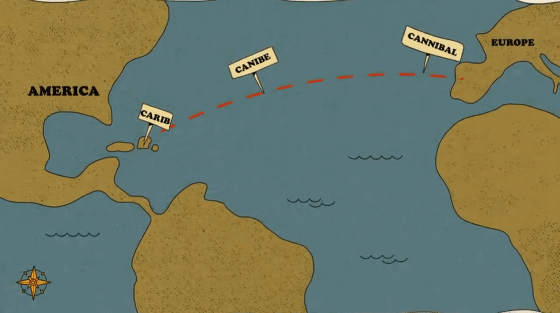
Initially, the word for indigenous people came to be used for all who eat human meat.
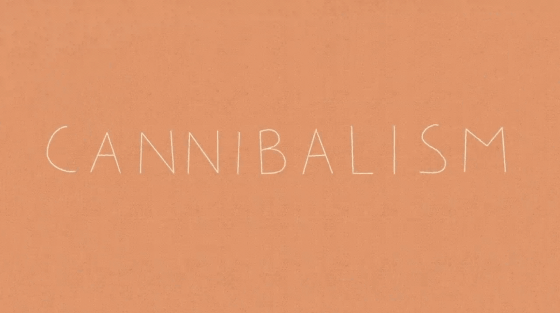
However, cannibalism itself is actually widespread all over the world and has a much more complex history. Mamia, which was eaten as a medicine in a form that is difficult to understand from human meat, is one of them.

As a food eater that can be seen across time and place, there are cases where a person who is forced into an emergency situation where there is no food due to hunger or distress eats the meat of a corpse.
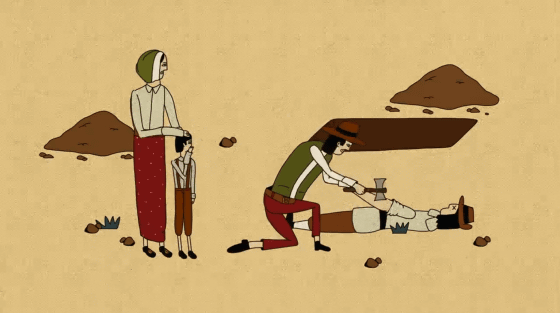
This is a cannibal in extreme conditions, such as eating a corpse or dying.
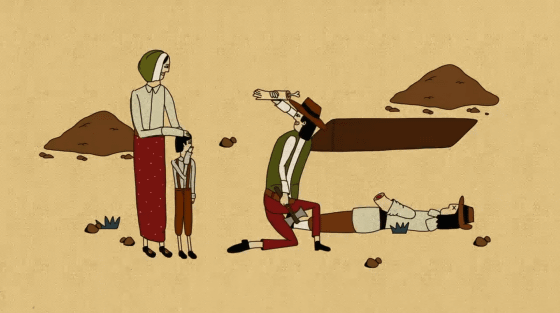
However, there are many cultures that have been eating food in everyday situations.

There are several cases where the habit of eating is recognized as an example of culture, including the case of Mamia.
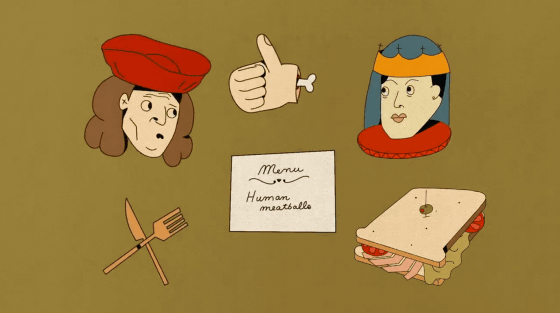
In Europe, for example, after the 15th century, the increased demand for mummies has resulted in more than just mummies stolen from Egypt.

Then, people who wanted to earn money in Mamia dug up a graveyard in Europe, mummified the stolen corpse and sold it as Mamia.

In this way, even after the raw material mummy was produced in Europe, Mamia continued to be used as a medicine ...
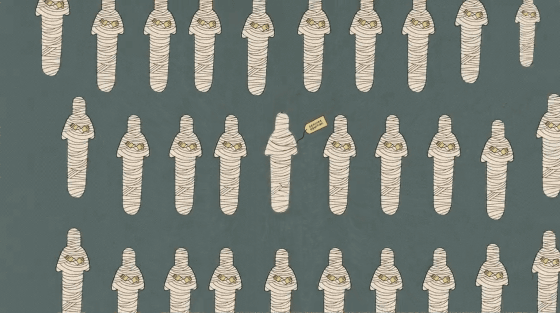

Moreover, mummies are not the only human-derived drug used in Europe. Liquid and powdered blood was used as a medicine for epilepsy, and ...
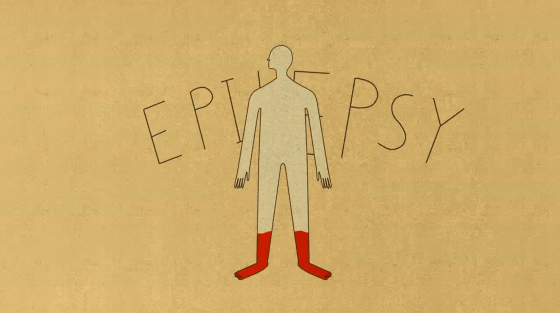
Human liver
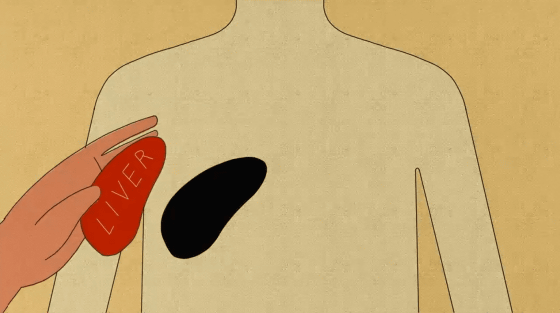
Gallstone
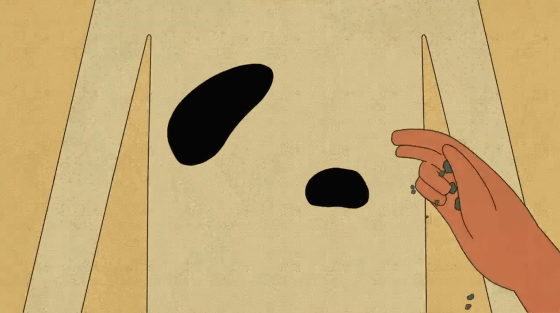
Fat extracted from the brain

The powdered heart was a popular combination drug in Europe.

Also, in China, cannibals have been socially recognized since 2000 years ago.
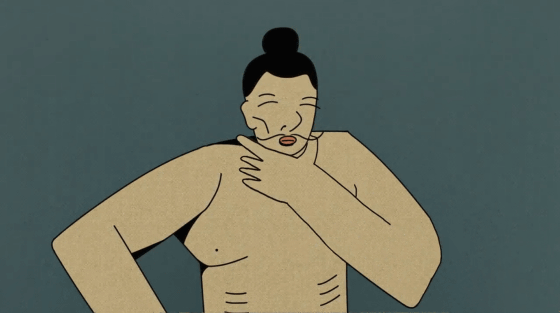
The most common form of cannibalism is for parents to eat the meat of their adult children.

This is usually the last resort to cure sick parents ...

The thighs, fingers, and other parts of the body were cut out and given, so the child did not die.

In addition, a cannibal was sometimes held as one of the funeral ceremonies.
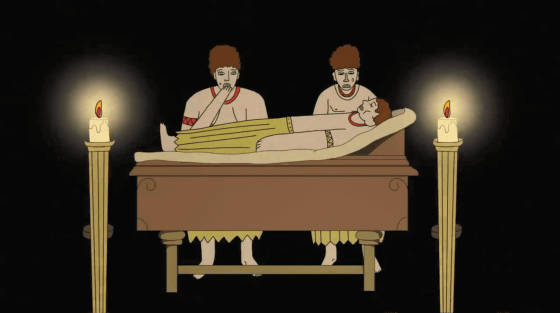
The most prominent example is the
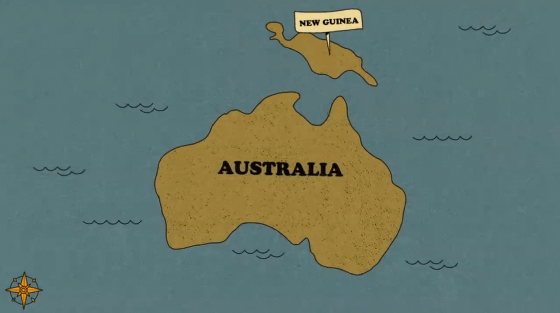
Until the middle of the 20th century, the Fore people expressed their hopes for what they wanted to do at their funeral ...
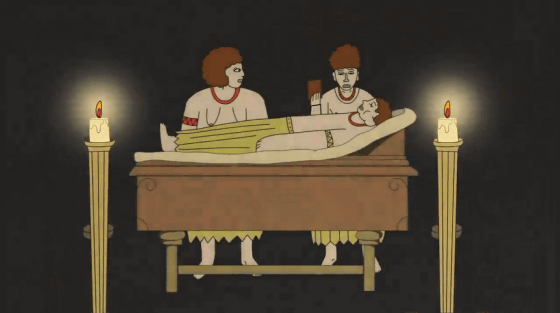
Many people expressed their hope that they would like their families to eat their bodies after their death.
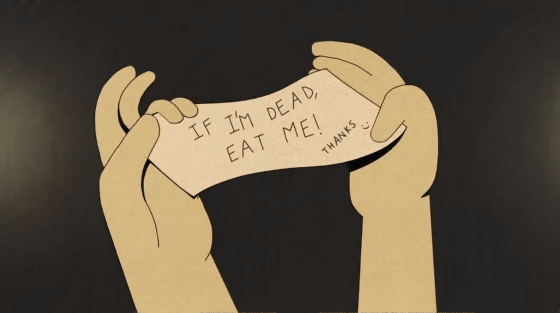
It has been pointed out that this cannibalism

Eating people have been around for a long time in large parts of the world, and there is no single history. What is certain is that humans have eaten human flesh for thousands of years.
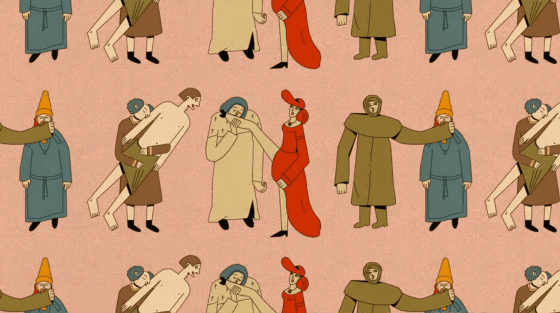
Related Posts:







